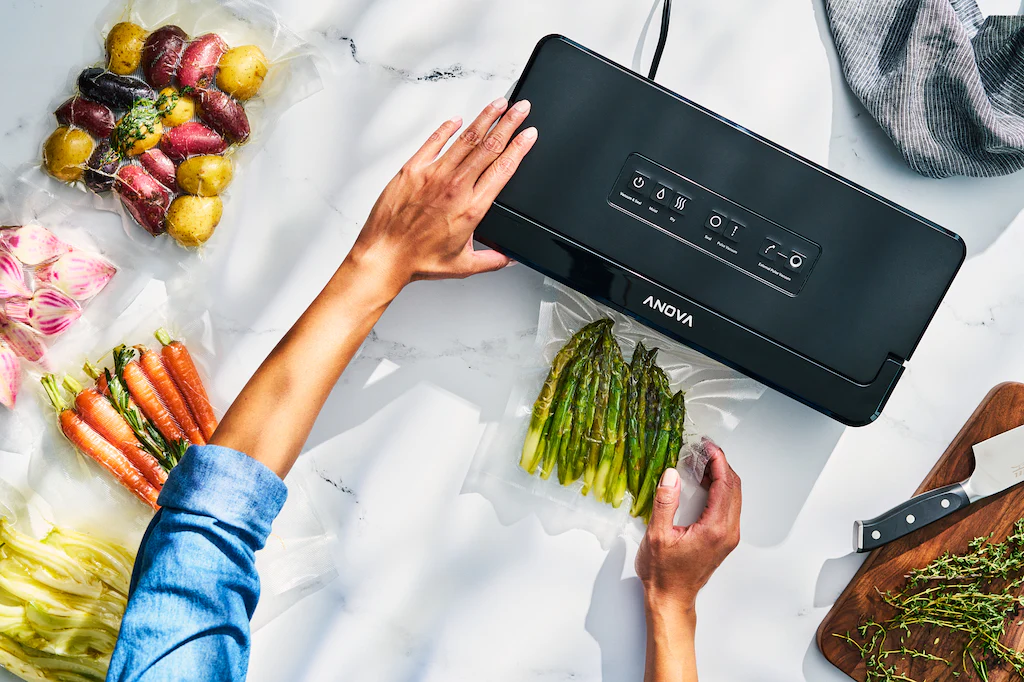Maximise Freshness with High-Quality Vacuum Seal Bags
When it comes to keeping food fresh for longer, the tools you use matter just as much as the process. While vacuum sealing systems play a vital role, the quality of the vacuum seal bags you choose can significantly affect the results. These bags form the final barrier between your food and outside air, so using the right type ensures better preservation, improved storage, and long-term savings.
Why Bag Quality Matters
It’s easy to overlook the importance of the bags themselves, especially with so much focus placed on vacuum sealing machines. However, high-quality sealing bags are essential for maintaining airtight conditions, preventing leaks, and ensuring durability during freezing or boiling.
Low-grade or thin plastic bags may not withstand pressure over time, especially in extreme temperatures. Poor seals can allow air and moisture in, defeating the purpose of vacuum sealing altogether. That’s why investing in strong, multi-layered, food-safe materials can make a major difference in food preservation and safety.
Features to Look for in Quality Bags
Not all sealing bags are created equal. If you want to maximise freshness, here are key features to look out for:
1. Multi-Layer Construction
Look for bags that feature multiple layers, typically including a smooth side and a textured or embossed side. The textured side helps to create a strong seal by allowing efficient air extraction, while the smooth side offers a clear view of the contents. Multi-layered bags also offer better puncture resistance and reduce the risk of tearing.
2. BPA-Free and Food-Safe Materials
Safety comes first. Always ensure that your bags are BPA-free and approved for food contact. This reduces the risk of harmful chemicals leaching into your food, especially when storing for long periods or when using high temperatures during sous vide cooking.
3. Temperature Resistance
Good vacuum bags should be safe for use in both the freezer and under high heat. If you’re freezing meats or storing soups, you want assurance that the bag won’t crack or degrade. Likewise, for sous vide or boiling, bags must remain intact and sealed even in prolonged high-heat conditions.
4. Compatibility with Sealing Machines
Most universal vacuum seal bags work with all standard sealing machines, but it’s always wise to double-check compatibility. Some machines require specific bag types or roll dimensions, so ensure your choice suits your appliance to avoid sealing issues or air leaks.
5. Pre-Cut vs. Rolls
Depending on your usage, you may prefer pre-cut bags for convenience or rolls that let you customize sizes. Rolls are ideal for storing irregularly sized items or portioning bulk food, while pre-cut bags save time when sealing uniform items like vegetables or snack packs.
Best Practices for Maximum Freshness
Even with premium bags, following proper usage techniques enhances their effectiveness:
- Clean and dry food before sealing to prevent moisture interference with sealing.
- Leave space at the top (usually 2–3 inches) for a proper seal.
- Avoid overfilling the bag; this can cause poor seals or leaks.
- Double-seal edges if storing liquids or items with sharp bones.
- Label bags with dates and contents to keep track of freshness.
Other Non-Food Uses
Vacuum sealing bags aren’t just for food. Their durable and airtight design makes them suitable for a range of storage needs:
- Protecting electronics and documents from moisture during travel
- Storing emergency kits with dry goods, matches, and bandages
- Keeping clothes compact in luggage or for long-term seasonal storage
Economic and Environmental Impact
Although premium vacuum bags may cost a little more upfront, they help cut down on food waste, reduce freezer burn, and extend the shelf life of your groceries—saving money in the long run. Many quality bags are also reusable if cleaned properly, making them more environmentally friendly than single-use storage options.
Using reusable vacuum bags is especially beneficial for dry goods and pantry items. Just make sure to sterilize and dry them completely before reuse, and avoid reusing bags that contain raw meat or fish.







